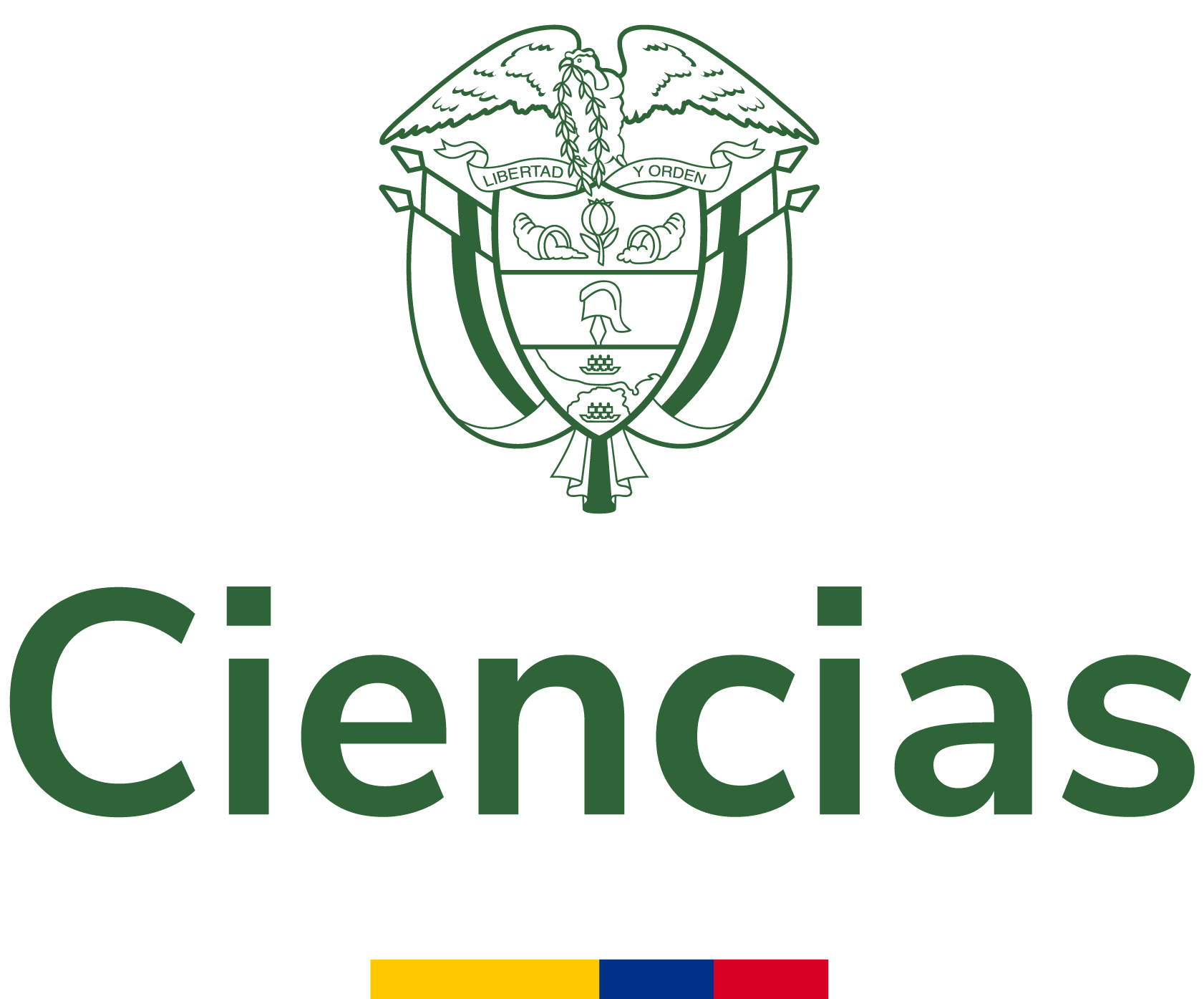The water poverty index for Mexico: a comparison with OECD countries
Motivated by concerns about water scarcity in the world and the persistence of low rates of development and high levels of marginalization, poverty, inequality and environmental deterioration, the purpose of this research is to probe the water poverty (WP) of Mexico, by means of implementing a proce...
- Autores:
- Tipo de recurso:
- Fecha de publicación:
- 2021
- Institución:
- Universidad Católica de Pereira
- Repositorio:
- Repositorio Institucional - RIBUC
- Idioma:
- spa
- OAI Identifier:
- oai:repositorio.ucp.edu.co:10785/10025
- Acceso en línea:
- https://revistas.ucp.edu.co/index.php/entrecienciaeingenieria/article/view/1848
http://hdl.handle.net/10785/10025
- Palabra clave:
- Rights
- openAccess
- License
- Derechos de autor 2021 Entre Ciencia e Ingeniería
| id |
RepoRIBUC_00605c7d8037c9df52a763c608b90912 |
|---|---|
| oai_identifier_str |
oai:repositorio.ucp.edu.co:10785/10025 |
| network_acronym_str |
RepoRIBUC |
| network_name_str |
Repositorio Institucional - RIBUC |
| repository_id_str |
|
| dc.title.none.fl_str_mv |
The water poverty index for Mexico: a comparison with OECD countries El El índice de pobreza hídrica para México: una comparación con países de la OECD |
| title |
The water poverty index for Mexico: a comparison with OECD countries |
| spellingShingle |
The water poverty index for Mexico: a comparison with OECD countries |
| title_short |
The water poverty index for Mexico: a comparison with OECD countries |
| title_full |
The water poverty index for Mexico: a comparison with OECD countries |
| title_fullStr |
The water poverty index for Mexico: a comparison with OECD countries |
| title_full_unstemmed |
The water poverty index for Mexico: a comparison with OECD countries |
| title_sort |
The water poverty index for Mexico: a comparison with OECD countries |
| description |
Motivated by concerns about water scarcity in the world and the persistence of low rates of development and high levels of marginalization, poverty, inequality and environmental deterioration, the purpose of this research is to probe the water poverty (WP) of Mexico, by means of implementing a procedure to calculate the Water Poverty Index (WPI), ranging from 0 as maximum and 100 as least poverty, and compare it with a non-probabilistic sample of countries belonging to the Organization for Economic Cooperation and Development (OECD), of which Mexico is a member. The countries included in the study are selected under the criterion of existence of the indicators chosen to estimate WP. The WPI is estimated using the composite index method, statistically balanced with the Principal Component Analysis (PCA) to detect the correlation between its aggregated variables to avoid double accounting. As a result of the calculation procedure, any elimination of variables was found unnecessary and the five indicators, Resources, Use, Access, Capacity, and Environment, were maintained. The estimation showed that the WPI in Mexico was the lowest (higher WP) compared to that observed in the sample of countries, in accordance with the country's lag regarding socioeconomic factors, findings that confirm the need for comprehensive attention to the water issues in order to avoid the incomplete vision that represents the sole measuring of coverage of water and sanitation services. |
| publishDate |
2021 |
| dc.date.none.fl_str_mv |
2021-09-07 2022-06-01T19:09:05Z 2022-06-01T19:09:05Z |
| dc.type.none.fl_str_mv |
Artículo de revista http://purl.org/coar/resource_type/c_6501 http://purl.org/coar/version/c_970fb48d4fbd8a85 info:eu-repo/semantics/article info:eu-repo/semantics/publishedVersion |
| dc.type.coar.fl_str_mv |
http://purl.org/coar/resource_type/c_2df8fbb1 |
| status_str |
publishedVersion |
| dc.identifier.none.fl_str_mv |
https://revistas.ucp.edu.co/index.php/entrecienciaeingenieria/article/view/1848 10.31908/19098367.1848 http://hdl.handle.net/10785/10025 |
| url |
https://revistas.ucp.edu.co/index.php/entrecienciaeingenieria/article/view/1848 http://hdl.handle.net/10785/10025 |
| identifier_str_mv |
10.31908/19098367.1848 |
| dc.language.none.fl_str_mv |
spa |
| language |
spa |
| dc.relation.none.fl_str_mv |
https://revistas.ucp.edu.co/index.php/entrecienciaeingenieria/article/view/1848/2449 |
| dc.rights.none.fl_str_mv |
Derechos de autor 2021 Entre Ciencia e Ingeniería https://creativecommons.org/licenses/by-nc/4.0/deed.es_ES https://creativecommons.org/licenses/by-nc/4.0/deed.es_ES info:eu-repo/semantics/openAccess http://purl.org/coar/access_right/c_abf2 |
| rights_invalid_str_mv |
Derechos de autor 2021 Entre Ciencia e Ingeniería https://creativecommons.org/licenses/by-nc/4.0/deed.es_ES http://purl.org/coar/access_right/c_abf2 |
| eu_rights_str_mv |
openAccess |
| dc.format.none.fl_str_mv |
application/pdf |
| dc.publisher.none.fl_str_mv |
Universidad Católica de Pereira |
| publisher.none.fl_str_mv |
Universidad Católica de Pereira |
| dc.source.none.fl_str_mv |
Entre ciencia e ingeniería; Vol 15 No 29 (2021); 54-62 Entre Ciencia e Ingeniería; Vol. 15 Núm. 29 (2021); 54-62 Entre ciencia e ingeniería; v. 15 n. 29 (2021); 54-62 2539-4169 1909-8367 |
| institution |
Universidad Católica de Pereira |
| repository.name.fl_str_mv |
|
| repository.mail.fl_str_mv |
|
| _version_ |
1844494763589369856 |
| spelling |
The water poverty index for Mexico: a comparison with OECD countriesEl El índice de pobreza hídrica para México: una comparación con países de la OECDMotivated by concerns about water scarcity in the world and the persistence of low rates of development and high levels of marginalization, poverty, inequality and environmental deterioration, the purpose of this research is to probe the water poverty (WP) of Mexico, by means of implementing a procedure to calculate the Water Poverty Index (WPI), ranging from 0 as maximum and 100 as least poverty, and compare it with a non-probabilistic sample of countries belonging to the Organization for Economic Cooperation and Development (OECD), of which Mexico is a member. The countries included in the study are selected under the criterion of existence of the indicators chosen to estimate WP. The WPI is estimated using the composite index method, statistically balanced with the Principal Component Analysis (PCA) to detect the correlation between its aggregated variables to avoid double accounting. As a result of the calculation procedure, any elimination of variables was found unnecessary and the five indicators, Resources, Use, Access, Capacity, and Environment, were maintained. The estimation showed that the WPI in Mexico was the lowest (higher WP) compared to that observed in the sample of countries, in accordance with the country's lag regarding socioeconomic factors, findings that confirm the need for comprehensive attention to the water issues in order to avoid the incomplete vision that represents the sole measuring of coverage of water and sanitation services.Ante la preocupación por la escasez de agua en el mundo y la persistencia de bajos índices de desarrollo y altos de marginación, pobreza, desigualdad y deterioro ambiental, el propósito de esta investigación es conocer la situación que guarda México en la pobreza hídrica (PH), para lo cual se diseña una estrategia de cálculo del Índice de Pobreza Hídrica (IPH), acotado entre 0 máxima y 100 menor pobreza, el cual se compara con una muestra no probabilística de países pertenecientes a la Organización para la Cooperación y Desarrollo Económico (OCDE), a la cual pertenece México. Los países incluidos en el estudio se seleccionan bajo el criterio de existencia de los indicadores elegidos para la estimación de la PH. El IPH se estima con el método de índice compuesto y balanceado estadísticamente con el Análisis de Componentes Principales (PCA) para detectar la correlación entre sus variables de agregación y así evitar su doble conteo. Como resultado de la estrategia de cálculo del IPH se halló innecesaria la eliminación de alguna variable y se conservaron los cinco indicadores que lo componen: Recursos, Uso, Acceso, Capacidad, y Medio Ambiente. La estimación mostró que el IPH de México fue el menor (mayor grado de PH) comparado con el observado en los países en estudio, en concordancia con el rezago del país respecto a factores socioeconómicos, lo cual confirma la necesidad de la atención integral a la problemática del agua, para evitar la incompleta visión que representa la sola medida de cobertura de servicios de agua y saneamiento.Universidad Católica de Pereira2022-06-01T19:09:05Z2022-06-01T19:09:05Z2021-09-07Artículo de revistahttp://purl.org/coar/resource_type/c_6501http://purl.org/coar/version/c_970fb48d4fbd8a85info:eu-repo/semantics/articleinfo:eu-repo/semantics/publishedVersionhttp://purl.org/coar/resource_type/c_2df8fbb1application/pdfhttps://revistas.ucp.edu.co/index.php/entrecienciaeingenieria/article/view/184810.31908/19098367.1848http://hdl.handle.net/10785/10025Entre ciencia e ingeniería; Vol 15 No 29 (2021); 54-62Entre Ciencia e Ingeniería; Vol. 15 Núm. 29 (2021); 54-62Entre ciencia e ingeniería; v. 15 n. 29 (2021); 54-622539-41691909-8367spahttps://revistas.ucp.edu.co/index.php/entrecienciaeingenieria/article/view/1848/2449Derechos de autor 2021 Entre Ciencia e Ingenieríahttps://creativecommons.org/licenses/by-nc/4.0/deed.es_EShttps://creativecommons.org/licenses/by-nc/4.0/deed.es_ESinfo:eu-repo/semantics/openAccesshttp://purl.org/coar/access_right/c_abf2Olivas Palma, María JulianaCamberos Castro, Mariooai:repositorio.ucp.edu.co:10785/100252025-01-28T00:00:37Z |






